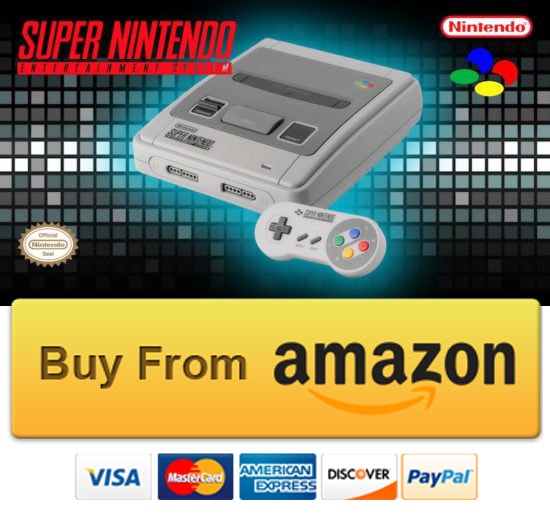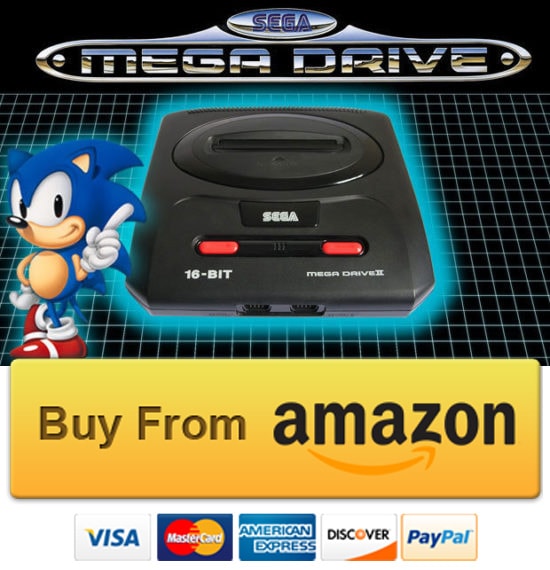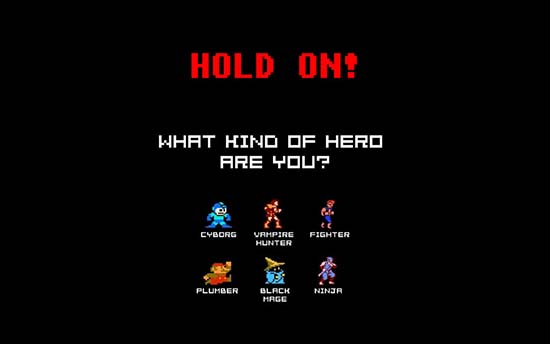Magnavox Odyssey 2
The Magnavox Odyssey 2, also known as Philips Odyssey 2 is a second generation home video game console released in 1978. In Europe it was sold as the Philips Videopac G7000, in Brazil as the Philips Odyssey and in Japan as Odyssey 2. Magnavox Odyssey 2 was one of the major three home consoles prior to the 1983 video game market crash, along with Atari 2600 and IntelliVision.
In the early 1970s, Magnavox pioneered the home video game industry by successfully bringing the first home console to market, the Odyssey, which was quickly followed by a number of later models, each with a few technological improvements. In 1978, Magnavox, now a subsidiary of North American Philips, decided to release an all-new successor, Odyssey 2.
Probably the most interesting thing about Odyssey² software was that almost all the games were written by one man. Ed Averett, a former Intel salesman who started writing all the Odyssey² games after the other Magnavox designers simply ran out of ideas, wrote twenty-four games in four years.
Magnavox Odyssey 2: Games
Magnavox Odyssey 2 Games

In the United States 46 game titles were released by Magnavox. In addition, for the European market, around 60 games were released. Each game released by Philips was assigned a number.
Read more: List of Magnavox Odyssey 2 Games
Magnavox Odyssey 2 in South America
The Odyssey 2 was designed in the United States. Many people find it amusing that Brazil was the country where the Odyssey 2 was the most successful. This, in fact, is easy to explain. Until 1992, Brazilians were forbidden to import electronics manufactured outside of Brazil. Since Philips, the owner of Magnavox, had big manufacturing facilities in Brazil, the Odyssey 2 was a perfect fit to be manufactured locally.
Magnavox Odyssey 2: Improvements
The original Odyssey had a number of removable circuit cards that switched between the built-in games. With the Odyssey 2, each game could be a completely unique experience, with its own background graphics, foreground graphics, game play, scoring, and music. The potential was enormous, as an unlimited number of games could be individually purchased. A game player could purchase a library of video games tailored to their own interest. Unlike any other system at that time, the Odyssey 2 included a full alphanumeric membrane keyboard
Magnavox Odyssey 2: Downs
The Odyssey 2 came with two joysticks permanently attached to the console. These joysticks look analog, but they are actually digital. Since they were permanently attached to the console. Therefore you couldn’t easily replace them if they broke or exchange them for a pair of paddles. However, a version of the Odyssey 2 with detachable joysticks was released later.
Recognition
In 2009, the video game website IGN named the Magnavox Odyssey 2 the 21st greatest video game console, out of its list of 25.
Other Video Game Consoles: Click here!






